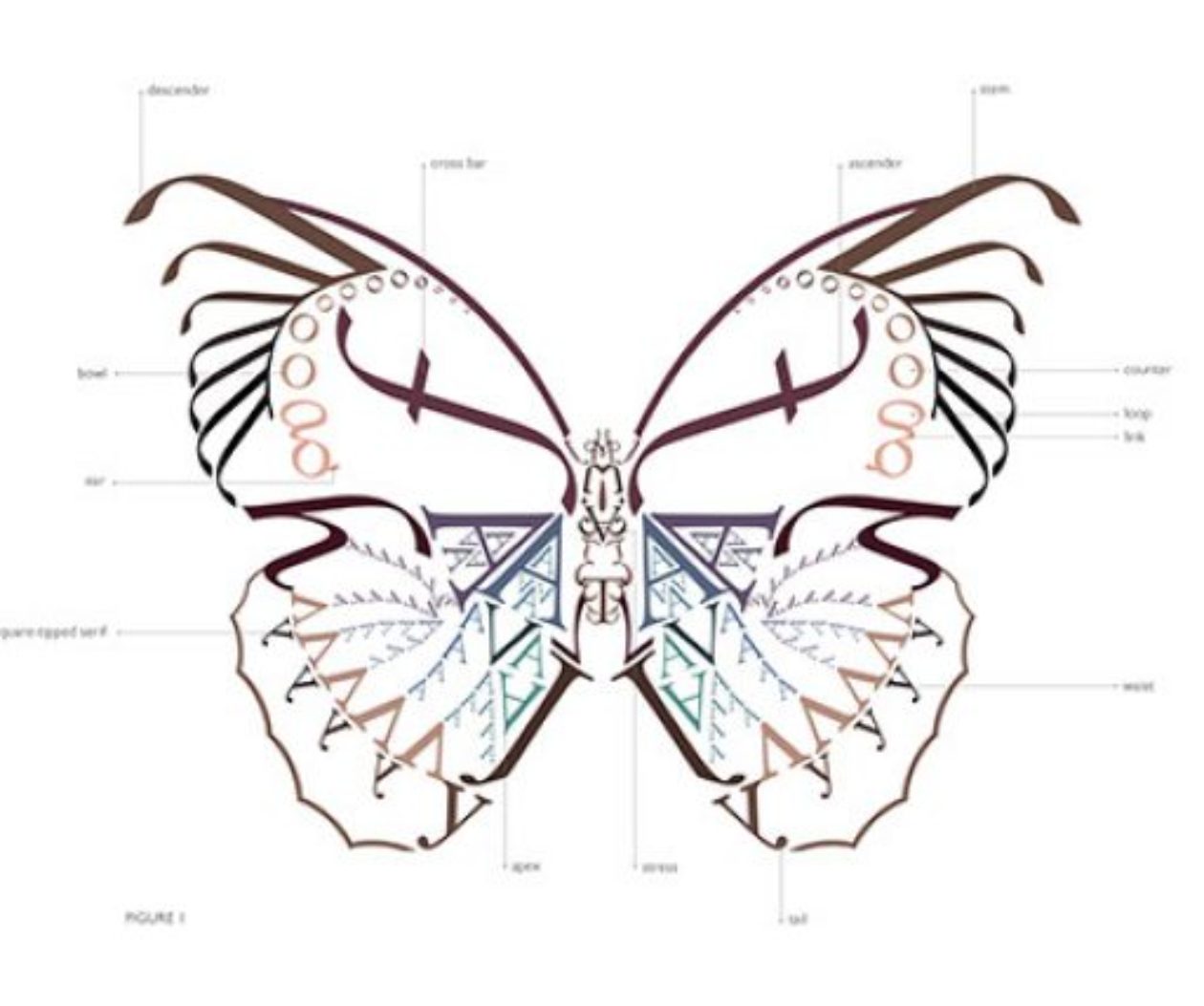Artwork by Rollin Jewett
1.
Some called it the tunnel, some called it the hole in the wall. But whatever name was applied to it, it was a place where memories were made and lessons were indeed learned, a place where I spent many years of my youth. It is a huge rock tunnel that allowed one stream to flow into another and allowed me to retain some semblance of sanity.
I had always pictured this place many centuries before I stood there in its presence as a tiny crack in origin with its trickle finding its way through to the other side of the thirty–foot–thick rock formation, a pinhole carved out into the massive twelve-foot in diameter portal of serenity and peace that it is to me today. To the left of the tunnel, a flat limestone plateau graces the landscape and fades into smaller rocks, with a Locust tree placed perfectly, before further fading reveals a Pawpaw–filled forest. To the right is a rolling beach covered in light–brown grains of sand. Walnut and Oak trees hold the beach in their arms like a mother cradling her young. The water falls over three velvety, moss–covered steps (as we referred to them) before the water whitens out over the flat surface of a large rock and spills into a six–foot pool before joining the water of another stream. This is my mental picture, the image of this truly magnificent sight that is forever seared into my soul like a photograph.
2
People and events that I associate with that place in time, my youth, taught me endless lessons. It was at the hole in the wall where I first truly learned how to meditate. As if they were put there by God, on each side of the Tunnel, on top of it, just off the dirt and stone path that led us to it, looking down on a priceless panoramic view, a perfect meditation spot existed.
Frank, a close friend sitting in his spot, and I in mine, staring out over the tree tops, in our own subjective yet universal place, we would meditate for more than an hour, listening to the wind and the loud but peaceful roar of the stream. The sunlight shone down upon our paradise below. Even though four yards or more of open air separated our being, in those moments, we were one, brothers. I could feel my Sioux and Cherokee heritage run through my body like the water that rushed beneath us. It taught me a love of nature, a love of the water and of the life that it harbors, that is nearly ineffable. Even today when I am faced with the choice of respecting nature or turning my back on the one who gives us life, our earth, I think of the tunnel and of those two streams that connect it, and I make the right decision.
This place means a great deal to me and will always be my personal utopia because of the memories of my father. Dad loved to fish. And he was one of the best fishermen I’ve ever seen, still to this day. Casting a line with him was one of the rare times that we were ever alone together, and each moment was like gazing upon greatness. Not only did he teach me how to fish, he taught me the patience that goes along with it and that I could apply it to every aspect of my life. The moments that we shared at the tunnel bless my thoughts from time to time. Dad always caught all the fish, and I hardly any. But to me, these photographs instilled on my inside are the most precious that I have.
3
From winter to fall, the tunnel was a part of my life for many years. I grew up there, and in a way, lived to attain a piece of a peaceful life there. Its beauty remains in my mind unmatched by all. Casting for smallmouth bass, at the point where ripples and calmer waters meet; This is how I would always like to remember my father. We shared a lot out there, fishing on the same banks, just he and I. Wisdom from beyond my years was passed from his hand to mine. And so, the tunnel, this place I will never forget, it remains clear, vivid, as vivid as the first day my eyelids closed in awe of its magnificent allure and will remain a more than special place in my mind, for my eternity.



